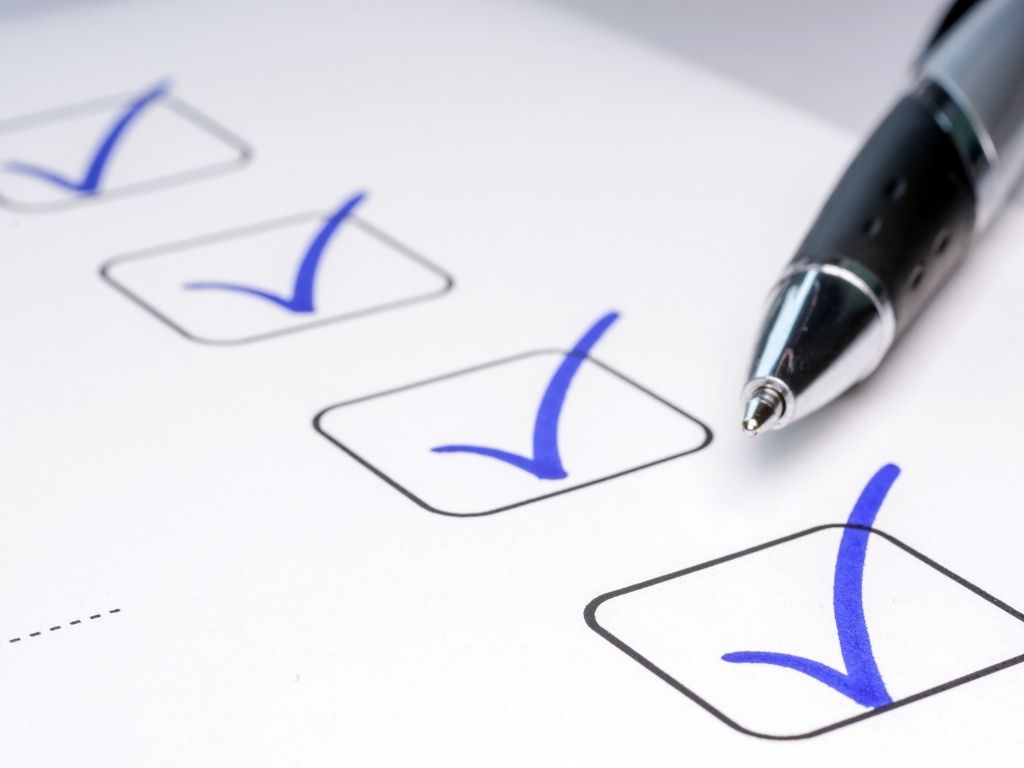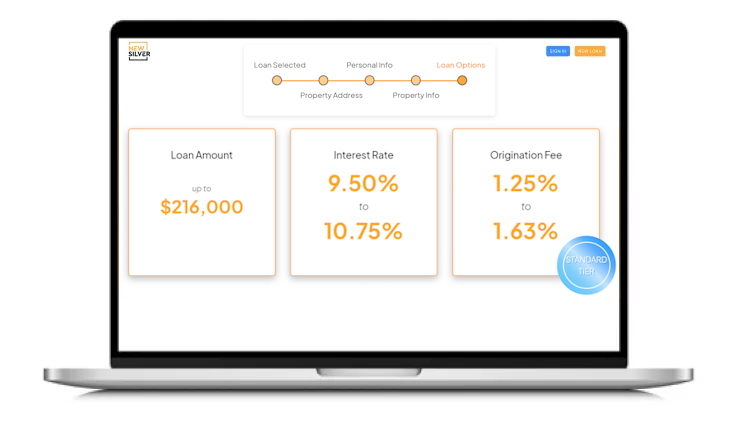Buying a home to flip can be a challenging yet rewarding venture. While the goal is to purchase an undervalued or distressed property, this often means inheriting a host of potential issues. Successful investors know that having a robust strategy is key, typically by establishing a detailed house flipping business plan.
To further enhance your strategy and safeguard your investment, we highly recommend incorporating a comprehensive house flipping checklist. This tool can help you navigate hidden pitfalls and maximize your chances of a profitable flip. As the saying goes, “By failing to prepare, you are preparing to fail,” and a meticulous checklist is your best preparation for success.
Table of Contents
Download Full House Flipping Checklist
We have prepared a simple house flipping checklist that you can download using this link, or by clicking on the button below.
It is a simple Excel document, which you can open using Microsoft Excel or Google Sheets.
House Flipping Checklists
Ceilings, Walls, Floors
| Item | Repair | Cost |
|---|---|---|
| Ceilings | ||
| Walls | ||
| Windowpanes | ||
| Window latches | ||
| Window trimming | ||
| Flooring | ||
| Carpet | ||
| Insulation | ||
| Ventilation |
Kitchen
| Item | Repair | Cost |
|---|---|---|
| Oven & Stovetop | ||
| Refrigerator | ||
| Dishwasher | ||
| Microwave | ||
| Garbage Disposal | ||
| Sink | ||
| Mold Damage | ||
| Cabinets | ||
| Countertops |
Bedrooms
| Item | Repair | Cost |
|---|---|---|
| Overhead lighting | ||
| Outlets | ||
| Door and lock | ||
| Windows | ||
| Closets |
Bathrooms
| Item | Repair | Cost |
|---|---|---|
| Toilets | ||
| Faucets | ||
| Sinks | ||
| Tub & Shower | ||
| Mold & Water Damage | ||
| Plumbing | ||
| Fan |
HVAC & Electrical
| Item | Repair | Cost |
|---|---|---|
| HVAC unit | ||
| Hot water heater | ||
| Electrical wiring | ||
| Outlets | ||
| Circuit breaker | ||
| Security system (if any) | ||
| Garage doors (if any) | ||
| Overhead lighting | ||
| Gas fireplace (if any) | ||
| Furnace |
Exterior
| Item | Repair | Cost |
|---|---|---|
| Roof | ||
| Siding or exterior finish | ||
| Chimney (if any) | ||
| Plants/trees | ||
| Mulching | ||
| Driveway | ||
| Sidewalks | ||
| Fencing | ||
| Mailbox | ||
| Foundation | ||
| Gutters and downspouts | ||
| Structural issues |
Final Tips: The Most Important Things To Check
Structure – wall, ceiling, floors

When it comes to structural improvements when flipping houses, these are vital but usually expensive. You’ll need to go further than the easily-visible and accessible areas and really dig deeper into things like crawl spaces and attics.
Issues like a damaged roof, ceiling or flooring are non-negotiable areas that need to be repaired. It’s vital to check everything to do with the structure so that you make sure the property is up to standard, before you even begin the other repairs or improvements. The walls and floors will be some of the first things that buyers will see when they view the property. Take stock of what needs to be patched, painted, or renewed in another way.
Kitchens And Bathrooms

Don’t underestimate the importance of kitchens and bathrooms in your house flipping project. These spaces are often the focal points for potential buyers and can significantly influence their purchasing decision. Consequently, a substantial portion of your budget will likely go towards optimizing these rooms, and for good reason.
Upgraded kitchens and bathrooms offer the best return on investment (ROI), and are important parts of your house rehab checklist. For instance, kitchen remodels typically provide an impressive 85% average ROI, outpacing most other renovations. As real estate experts often say, “Kitchens and bathrooms sell houses,” making them crucial areas to focus on for maximizing your profit in the renovation process.
Water damage

Water damage is a common issue found in homes. The reason water damage is so dangerous is that it can lead to mold which is highly hazardous for the inhabitants. The easiest way to identify water damage is to look at the outside of the home structure.
Is the house at the bottom of a slope? Are there downspouts that are diverting the water away from the home, and in what state are the gutters?
The roof can also hold additional clues. Missing roof tiles and shingles can indicate water entering the home during bad weather. Another way to check is to look at the windows and window frames. If there are any separation or soft spots, you can bet that it will make the property more humid which is the ideal environment for mold to grow. When flipping houses, this is one of the most important aspects to check.
Pests

Sometimes, older or distressed homes can come with issues like ants or termite damage. These are very serious problems that can affect the structure of the property and be very expensive to fix, so it’s important to include this in your house rehab checklist.
There are a few different ways to spot damage from potential termite or ant infestations. The first outward signs that there may be some unwelcome insect residents are things like uneven or swollen flooring, visible changes to the ceiling, and a scent similar to mildew. In many cases, a termite infestation can actually come across as water damage.
Insulation

Poor insulation can be especially bad for your house flipping project, and it’s something you need to include in your house rehab checklist. If the property is located in a colder region, bad insulation will cause the home to leak heat. This leads to a spike in utility bills and can be a full-on hazard that requires professional repair.
You can tell that there are problems with insulation if there are symptoms like freezing walls, exterior wall damage, internal moisture like condensation, and mold to name a few.
Flipping houses can be a lucrative career path if you can get past the initial hurdle of learning how to do so effectively. Making the right improvements to each property is the best way for house flippers to get the most out of their flips and earn the best ROI.




